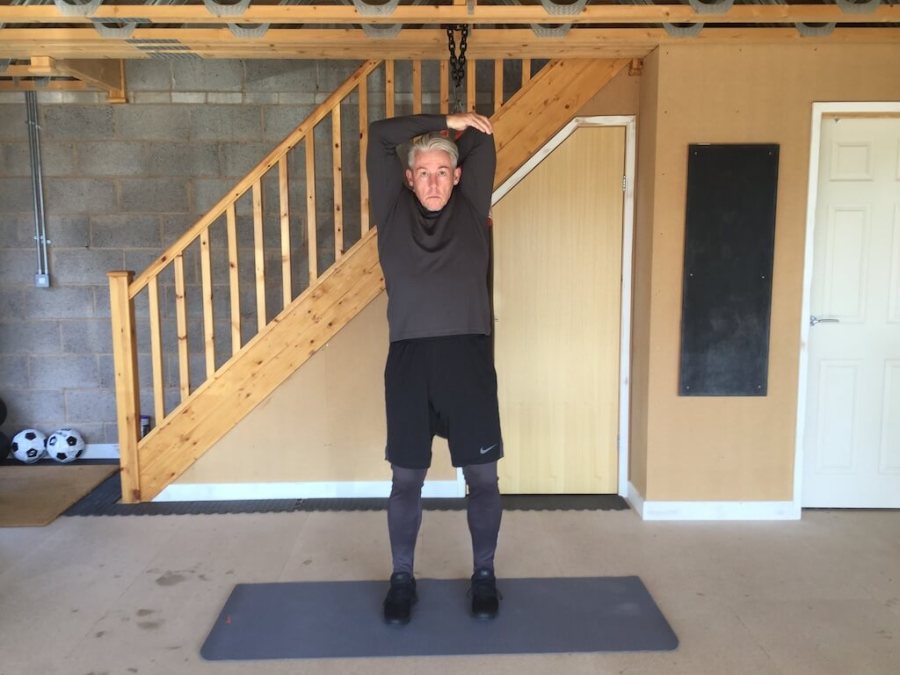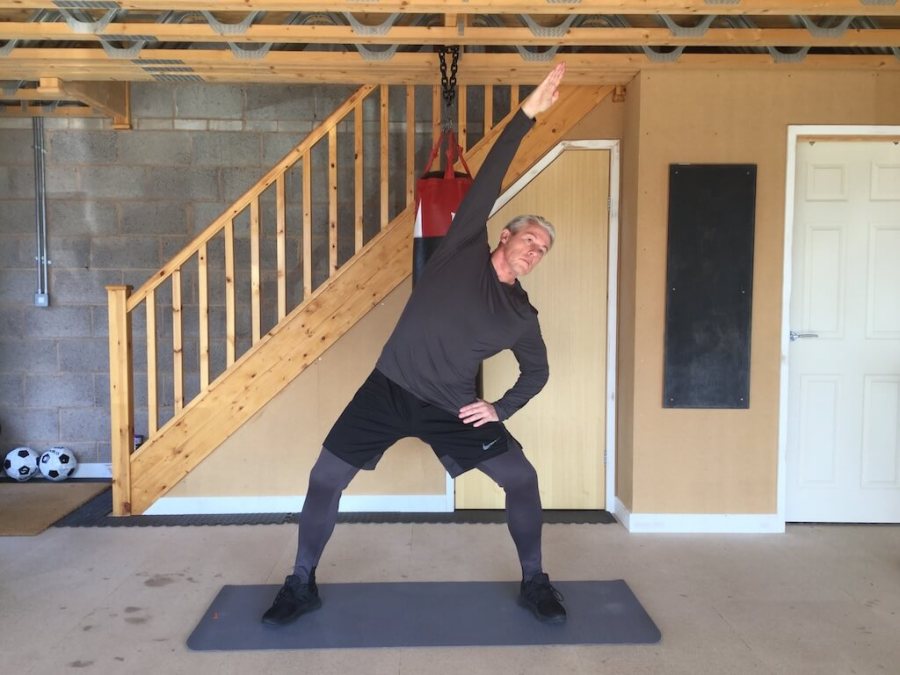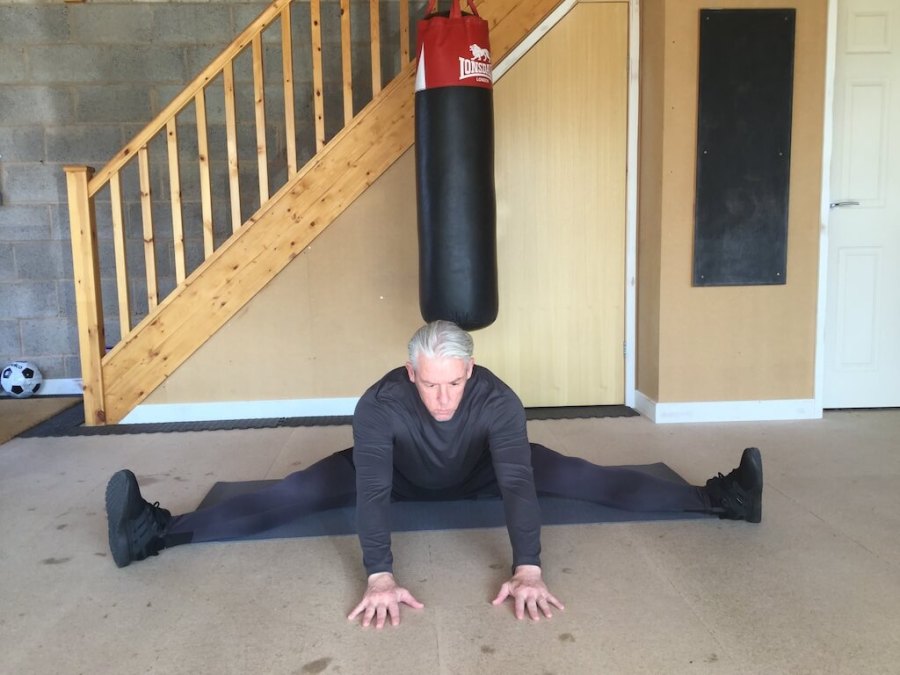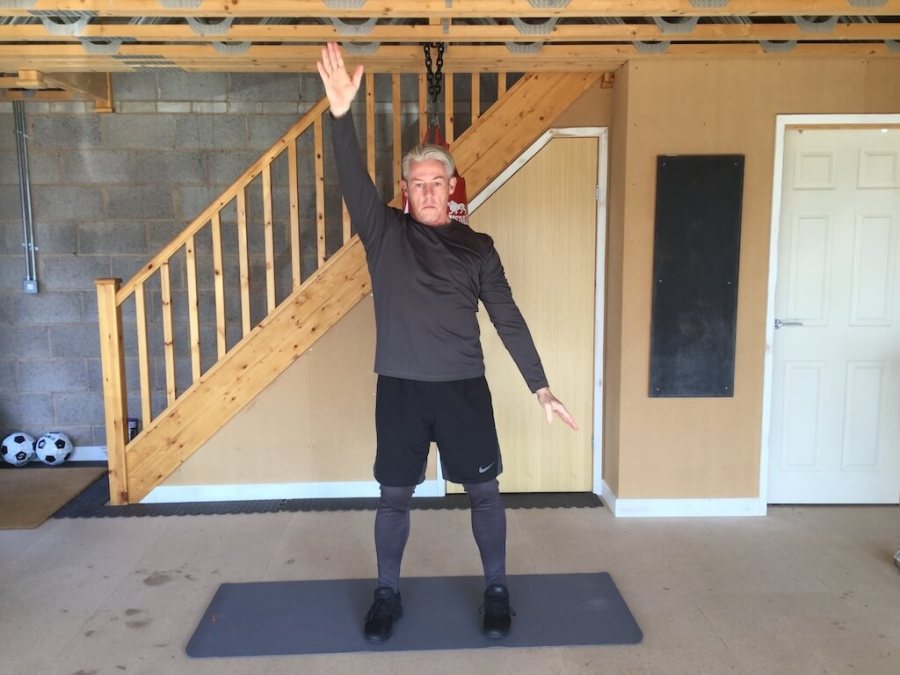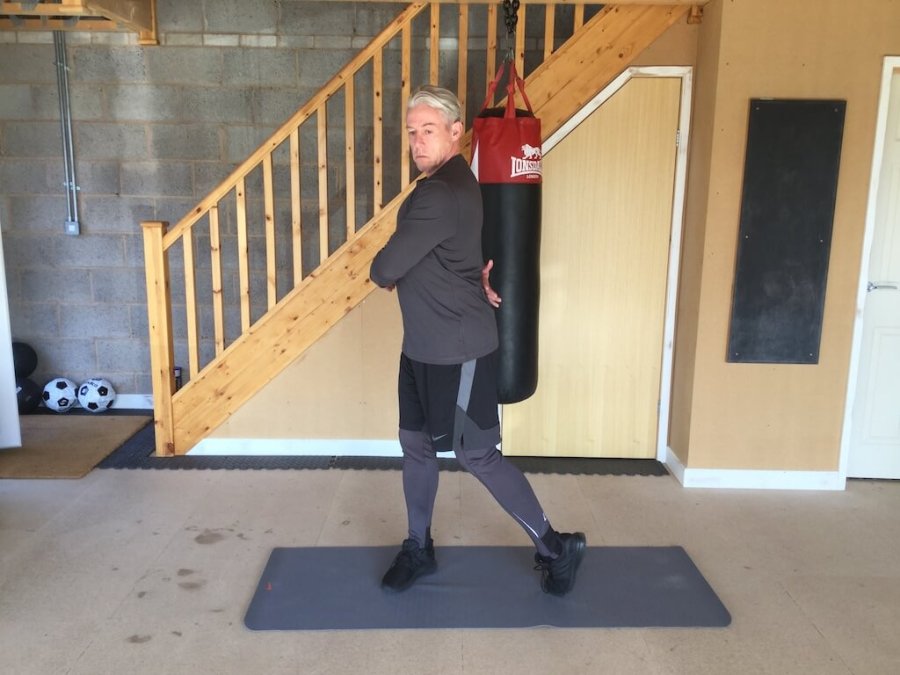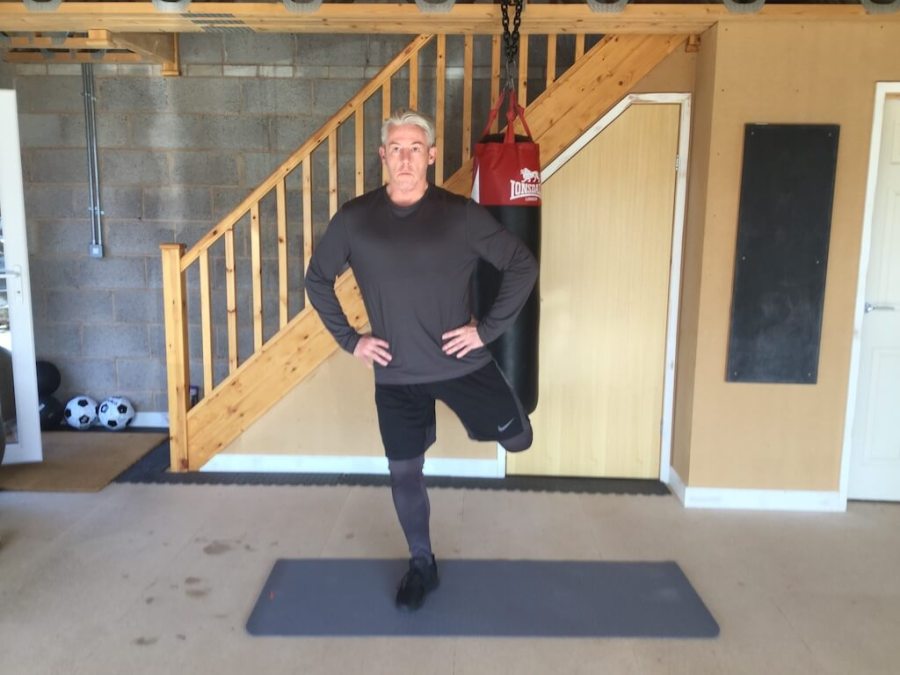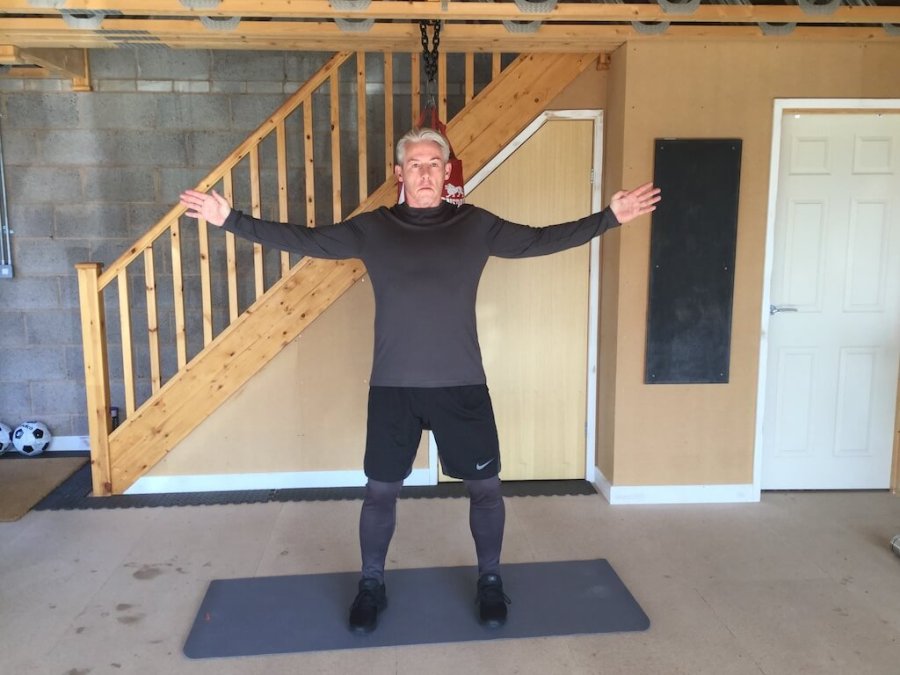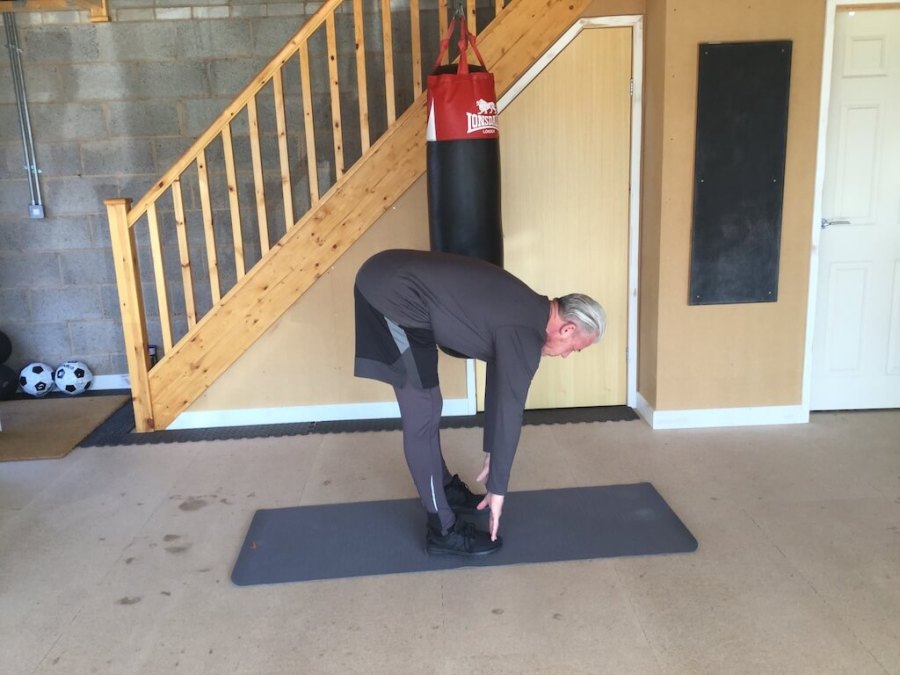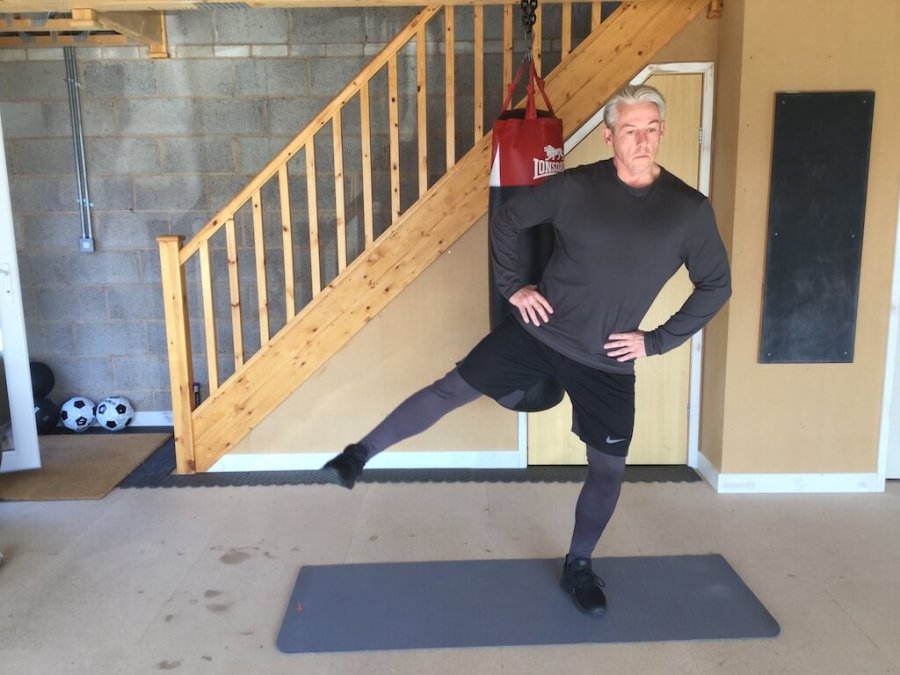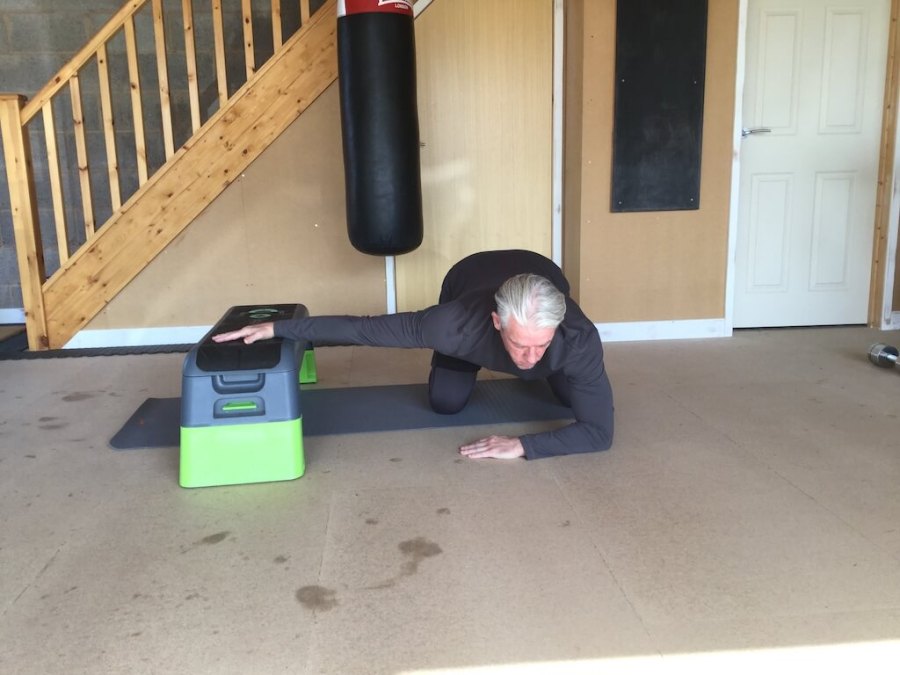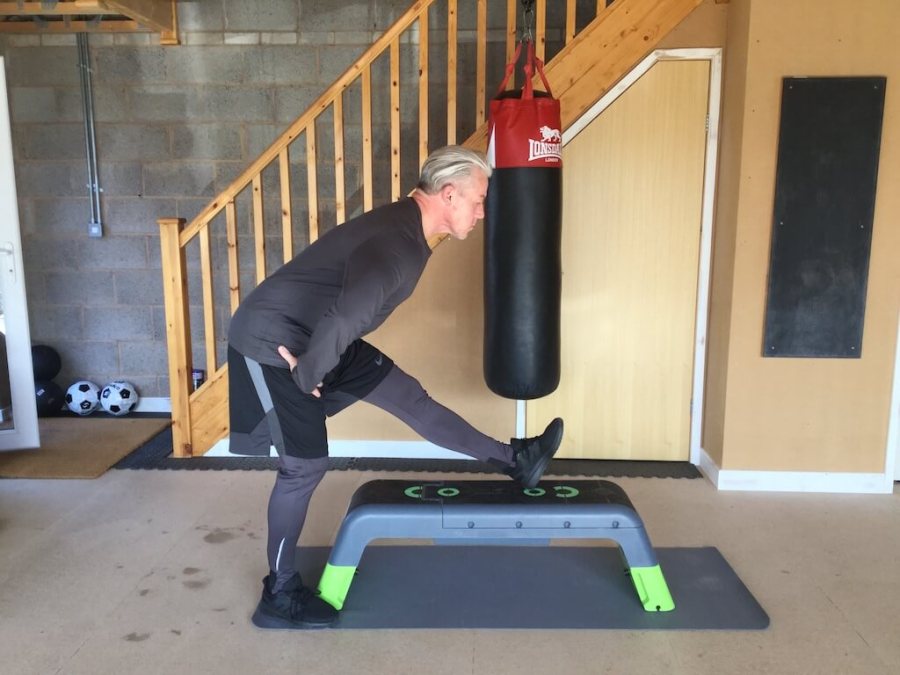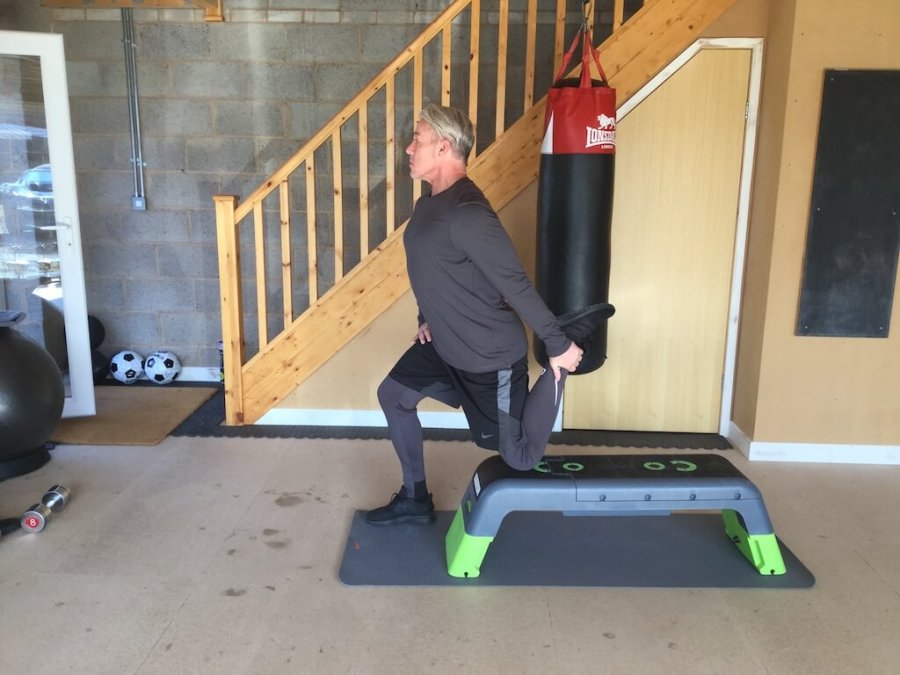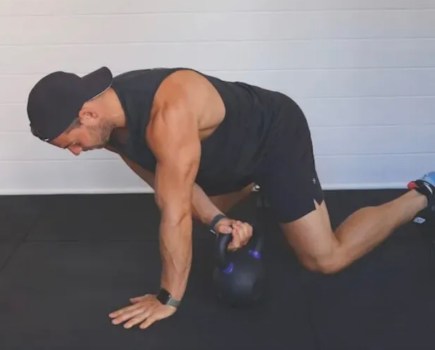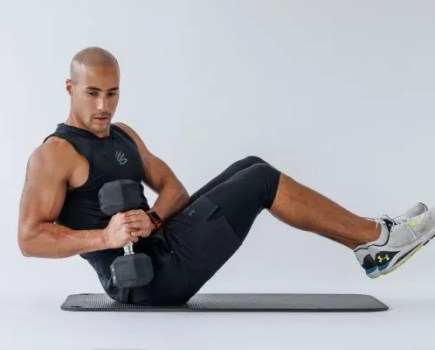Looking for the best shoulder stretches – or perhaps a full-body stretching programme? Flexibility is key to staying fit, but can differ not only from person to person but from joint to joint. It involves all components of the musculoskeletal system, including the connective tissues, that affect the extent of movement around a given joint. Ensure you stay supple and flexible with these 12 effective stretches for every body part, in conjunction with one of the best foam rollers for workout recovery.
In its simplest terms, flexibility refers to the total range of motion of a joint or group of joints. The goal of any stretching programme, including this one, is to optimise joint mobility while maintaining joint stability. It should aim to avoid an extreme range of motion around a joint, however, as this can present an injury risk.
The benefits of stretching have been shown to include:
- Increased functional range of motion
- Improved posture leading to reduced risk of lower back pain
- Reduced incidence and severity of injury
- Delayed onset of muscular fatigue, helping to improve sports performance
- Enhanced mental wellbeing
Why you can trust the workouts in Men’s Fitness
At Men’s Fitness we pride ourselves on delivering information that serves a singular purpose: to improve some aspect of your health, fitness or wellbeing. For over 16 years, we’ve been publishing authoritative health and fitness content – written by our expert editors and contributors. Each of our workouts has been created and tested by either a highly experienced editor or expert contributor. This programme was devised by Dean Hodgkin, personal trainer and head of programming at community wellness and fitness app TRUCONNECT by TV.FIT to help you incorporate four of the most practiced stretching techniques and the best specific stretches into your weekly routine. Find out more about how we test.
STATIC STRETCHING
It pays to know the difference between dynamic stretching and static stretching. Static stretching is the most common technique, requiring a gentle movement toward the end position to slowly lengthen your muscle, then holding at the point of mild tension for somewhere between 15-30 seconds, depending on whether you seek to simply maintain or improve your flexibility.
While this can be done simply using your bodyweight and gravity, it can also be practiced with the help of a partner – known as passive stretching.
A word of warning: never static stretch a cold muscle – doing so can actually tighten the area in question, and potentially lead to injury. Reserve these effective stretches for post-workout, when the blood is flowing and your muscles are in a fit state to be stretched.
3 best static stretches for every body part
Triceps stretch
- Reach one arm up and behind the shoulders to place your palm on the top of your spine
- With your other hand, apply pressure to the back of the elbow to assist the palm in moving downwards, bringing a stretch to the back of the arm
Obliques stretch
- Create a stable base by widening the feet and bending the knees
- Lift one arm high and place the other on your opposite thigh to support your upper body weight as you lean to the side, lengthening the waist
Adductors stretch
- In a seated position, take the legs out as wide as is comfortable
- Then, shift your weight forwards on your sitting bones and place the hands in front, but keeping your chest open rather than rounding your shoulders
- Try to maintain a long spine as you ease the hands forwards to target your inner thighs
DYNAMIC STRETCHING
These effective stretches involve gentle movement of the limbs within a comfortable range of motion. Usually, the movement is repeated with the aim of gradually increasing your range.
The key ingredient here is control, as movements should never be excessive. Dynamic stretches work best as a warm-up.
3 best dynamic stretches for every body part
Arm swings
- Extend your arms without locking out the elbows and circle forwards, backwards and to help improve your coordination, one in each direction simultaneously
Torso twists
- With feet hip-width apart and knees slightly bent, rotate from the waist, using the arms to generate momentum
- To avoid creating potentially harmful torque in the knees, turn the rear foot in and lift the heel as you rotate
Hamstring curls
- From a wide stance, shift your bodyweight to alternate sides and simultaneously bend one knee to lift that heel towards your bum
- Keep your trunk upright and hips pushed forward to feel the lengthening of the quadriceps in the front of the thigh
BALLISTIC STRETCHING
This is a method of using momentum to take a joint through an extended range of motion. Unlike the previous method, it relies on greater force and is identified by a bouncing motion.
3 best ballistic stretches for every body part
Arms wide
- In a continuous motion, cross the arms in front of you at chest level and then swing out to the sides and backwards to stretch your chest and front aspect of the shoulders
- Aim for a smooth natural movement rather than forcing it
Toe touch
- Stand with feet hip-width apart, legs straight but knees not locked out
- Hinge at the hip to lower your chest towards your thighs and reach for your toes with a gentle bounce
- Try to keep your weight shifted towards the balls of your feet rather than heels to optimise the stretch you’ll feel in your hamstrings and lower back
Leg swings
- Stand with one foot crossed in front of the other, knee a little bent for balance and torso upright
- Now swing the rear leg to the side, as high as is comfortable, to stretch the adductor muscles in the inner thigh
PROPRIOCEPTIVE NEUROMUSCULAR FACILITATION
These stretches work by using your body’s nervous system to encourage extended lengthening of the muscles. You’ll use three sensory responses in combination, in a technique called contract-relax-agonist.
Firstly, the target muscle is stretched slowly and then held in position while you contract your muscle for around six seconds, but without letting it move.
Then the opposite muscle group is contracted strongly, which causes the target muscle to relax even more, so it can then be stretched to a much greater degree.
Proprioceptive neuromuscular facilitation has been shown to be the best stretching method to improve flexibility.
3 best proprioceptive neuromuscular facilitation stretches for every body part
Pectorals
- Either standing against a wall or bent over on a flat surface, move to a position with your arm out wide where you feel a stretch on the chest, then hold
- Next, contract the chest muscles strongly to press against the solid surface, then relax
- Now contract the muscles in the upper back and rear shoulder for a few seconds. Then, ease off and move deeper into the stretch
Hamstrings
- Lift one leg and place your heel on a flat, stable surface
- Keeping your head lifted, lean the chest towards your leg to feel a stretch in the back of the thigh, and hold
- Now try to press down with your heel, as hard as you can, on the flat surface, then ease off
- Switch the focus to the front of your thigh, squeezing your quadriceps tight for a few seconds. Then, relax and drop deeper into the stretch by lowering your chest again
Quadriceps
- With the feet a stride-length apart, both knees bent, rest one knee either on the floor
- Using your hand or a towel, if necessary, draw the heel towards your backside to stretch the front of the thigh
- Holding the leg in place, now use the front thigh muscles to push into the hand or towel, as if trying to extend the leg – but don’t let it move
- Follow this with a tight squeeze in your hamstrings, aiming to pull the heel closer to your buttocks. Then use your hand or towel to bring it even closer, intensifying the stretch on the quads
Visit the TRUCONNECT by TV.FIT app today to improve your flexibility through innovative programmes spanning pilates, yoga, meditation and more.
Related content:


